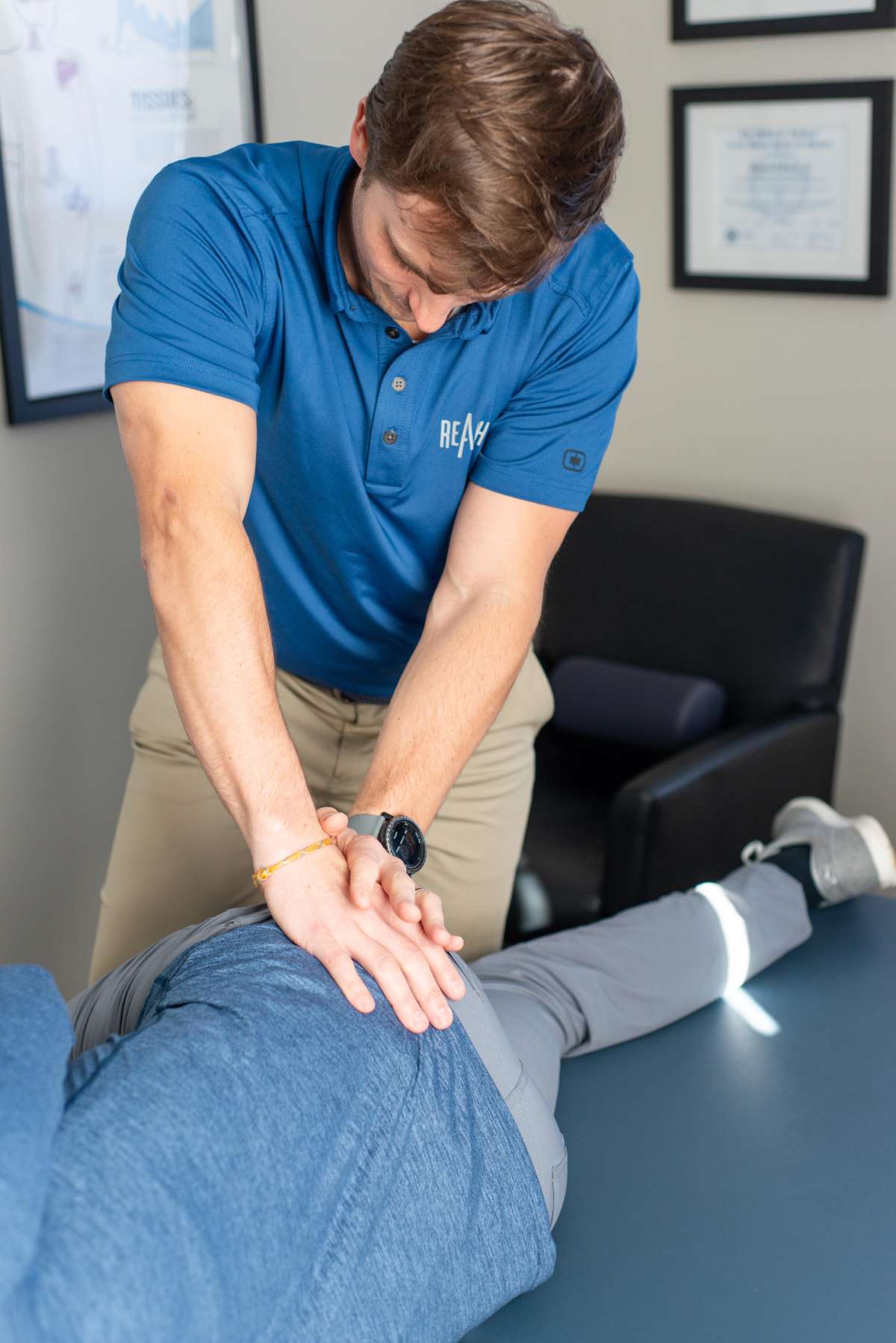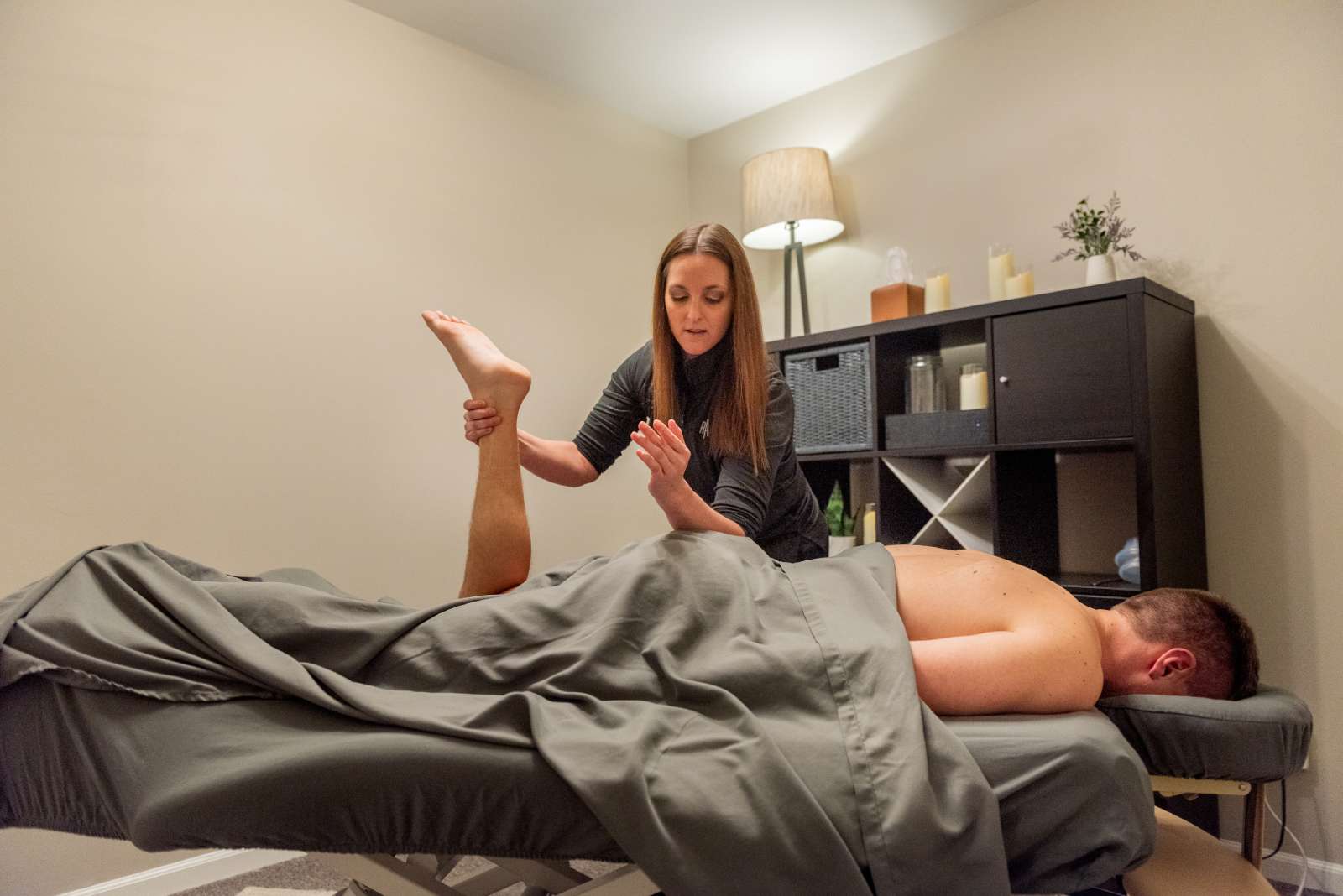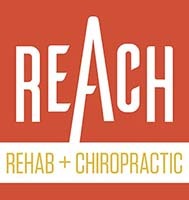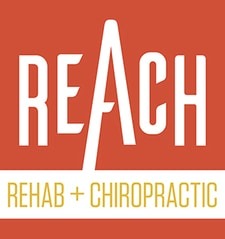Relaxation and Relief with Massage Therapy in Plymouth, MI
Life has a way of piling up on your shoulders—literally. Eventually, your body and mind reach a point where they’re crying out for a reset. That’s where we come in. Massage therapy, in Plymouth MI by REACH Rehab + Chiropractic delivers relief you can truly feel.
Our massage therapist, Kasie Lampson, doesn’t do cookie-cutter treatments. We create personalized wellness experiences, blending massage techniques that match your unique needs. Whether you need to loosen up after a stressful week, recover from a tough workout, or just treat yourself, we’ve got your back (and shoulders, arms, legs… you get it).
It’s time to give your body and mind the break they deserve.


Meet the Expert Behind Your Relaxation
At REACH Rehab + Chiropractic, your massage therapy experience is guided by the capable hands and compassionate heart of Kasie Lampson. Kasie is a licensed massage therapist who brings not only advanced expertise but also a deep passion for helping people regain their strength, mobility, and peace of mind.
From everyday aches to those more stubborn issues, we offer a variety of massage therapy techniques, like:
- Deep tissue massage for relieving stubborn tension.
- Swedish massage for total body relaxation.
- Pre- and post-natal massage for new and expecting moms (because, wow, you deserve it).
- Sports massage to keep athletes moving strong.
- And more to tackle whatever life throws at you!
Don’t just make it through the week. Make your week better.
Why Stop at Massage? Combine it with Chiropractic
Here’s the thing about massage therapy and chiropractic care at REACH—they’re better together. Think peanut butter and jelly, but for your health.
Massage helps unravel your muscle tension, while our chiropractic services target your skeletal system to deal with the root cause of discomfort. Together, they’re an unbeatable duo for pain relief, recovery, and relaxation.
Our therapists and chiropractors work in sync to create a wellness plan tailored just for you. And you don’t just leave feeling better; you’re equipped with tools and advice to keep the good vibes going every day.


Your Stress-Free Zone Is Calling | Massage Therapy in Plymouth, MI
Release the tension. Say goodbye to the discomfort. And reclaim the energy you need to tackle life head-on. At REACH Rehab + Chiropractic, we deliver massage therapy in Plymouth, MI that not only feels incredible but makes a real difference in your day-to-day life.
Relaxation made personal? Yes.
Relief you can feel? Absolutely.
The vibrant, stress-free body you’ve been aching for? Right this way.
Call us at 734-335-0212 or book your appointment online today. It’s time to make your well-being a priority.
YouTube Shorts
Frequently Asked Questions
What massage therapy techniques are offered at REACH in Plymouth, MI?
REACH Rehab + Chiropractic provides a range of techniques customized to goals like relaxation, pain relief, and athletic recovery, including Swedish, deep tissue, sports, prenatal, and targeted soft-tissue work based on individual needs rather than a one-size-fits-all protocol.
Who will provide my massage, and are sessions personalized?
Massage sessions are delivered by licensed therapists at REACH and are tailored after a brief history and goal-setting to match pressure, techniques, and areas of focus to each person’s needs, avoiding cookie-cutter care in favor of personalized bodywork plans.
Should massage therapy be combined with chiropractic care?
Yes—REACH emphasizes that massage and chiropractic complement each other: massage reduces soft-tissue tension while chiropractic and rehab address underlying mechanical contributors, creating a comprehensive plan for relief, recovery, and long-term results.
What conditions can massage therapy help with?
Massage at REACH supports relief for back and neck tension, sports-related soreness, pregnancy-related discomfort, and general stress, while also aiding mobility, circulation, and inflammation reduction as part of a broader rehab strategy when appropriate.
How do I schedule a massage therapy appointment in Plymouth, MI?
Appointments can be scheduled directly with REACH Rehab + Chiropractic in Plymouth, MI, which serves nearby communities like Canton, Livonia, and Northville; call/text the clinic at 734-335-0212 or book online through the practice’s site to get started!

